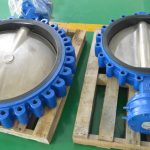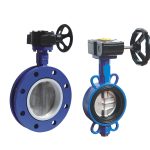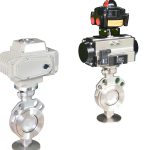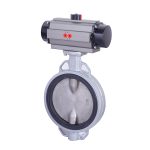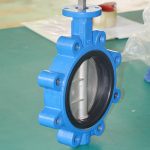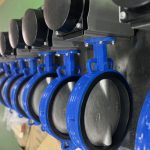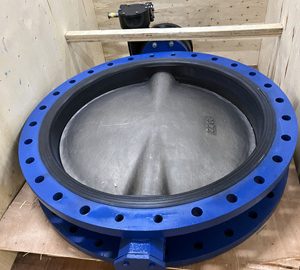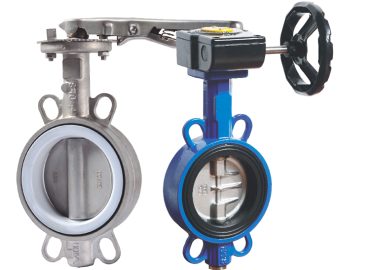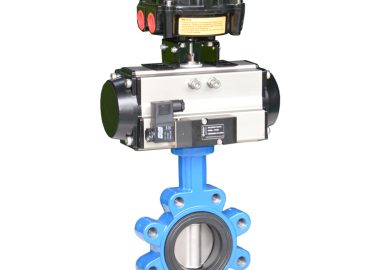Installing a corrosion resistant 3 inch butterfly valve is essential for its long-term performance and safety, as corrosion can cause structural damage to the valve and any surrounding machinery. It’s vital to select the right material for a particular application in order to achieve optimal results with a corrosion resistant butterfly valve, as well as properly install it in order to ensure that it works efficiently for many years to come. Quality assurance inspections and tests should also be carried out ahead of installation in order to identify potential issues. Investing in corrosion resistant parts can help reduce repair costs significantly over time while making sure that the necessary components remain safe from corrosion damage.
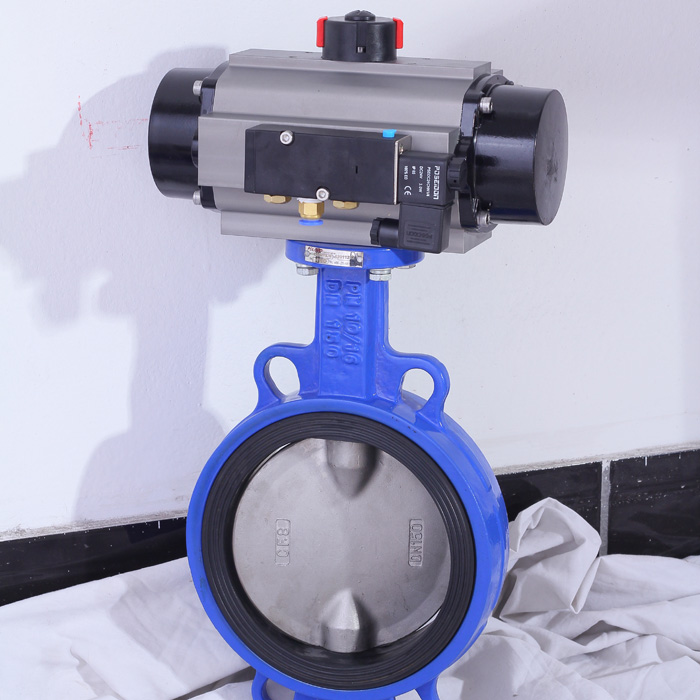
Introduction
Corrosion resistant butterfly valves are typically used in industrial and commercial settings, where they help ensure optimal performance and safety. These components are used to regulate the flow of liquid or gas through a pipeline, making them an important part of many systems. Corrosion is one of the biggest risks associated with any system that uses such valves, as it can cause structural damage over time without proper protection. Investing in corrosion resistant parts helps to reduce the risk of failure caused by corrosion over time, and provides greater assurance that the necessary components remain safe from corrosion damage.
Corrosion resistant butterfly valves are made from materials such as aluminum, stainless steel, bronze or Monel alloys which have been designed to withstand corrosive environments for long periods of time. Installing such a valve should be done by following strict procedures in order to ensure that it works efficiently for many years to come. Regular maintenance checks should also be carried out in order to make sure that the valve remains in top condition and continue providing optimal performance throughout its lifespan. Investing in high-quality corrosion resistance parts is essential not just for improved safety standards but also for maximum efficiency and longevity of any related equipment or machinery installed alongside such a valve.
Benefits of investing in corrosion resistance
Installing corrosion resistant butterfly valves provides increased durability, performance, and longevity when compared with standard valves. Corrosion resistant materials can withstand higher temperatures, pressures, and chemical concentrations than standard materials, making them ideal for use in harsh environments where these conditions are present. Corrosion resistant butterfly valves are also designed to resist abrasion and wear, which helps reduce the risk of failure due to wear-and-tear over time. Their increased durability ensures that they will last for longer than standard valves, making them a more cost-effective solution in the long run.
Such valves also provide superior performance in terms of controlling flows and regulating pressure, owing to their superior strength and design features. What’s more, since corrosion resistant materials do not corrode as quickly as other materials, they require less maintenance throughout their lifespan. This makes them ideal for long-term applications where minimal downtime is required during operation or installation.
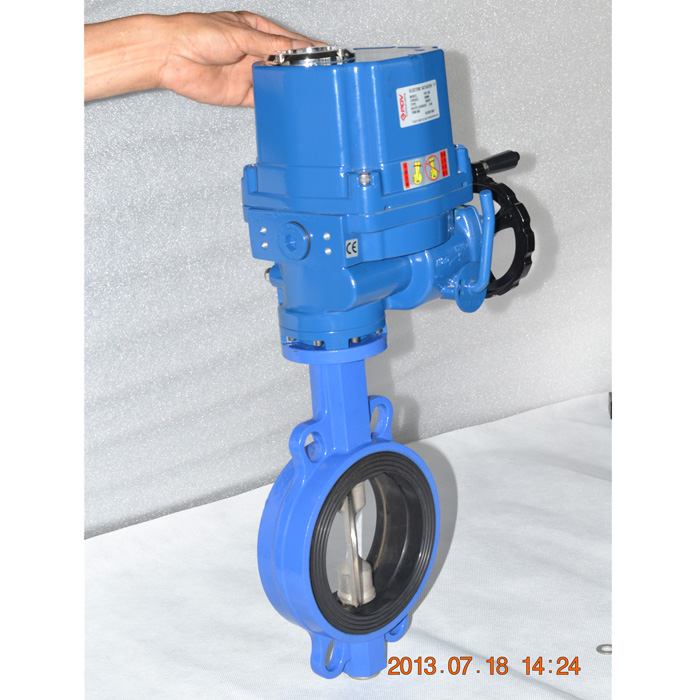
Selecting the right materials for optimum results
When selecting corrosion resistant butterfly valves, it is important to consider factors such as the application’s environmental conditions and the valve’s expected lifespan. For example, if a valve is expected to operate in extremely hot or cold environments, corrosion resistant materials such as aluminum or stainless steel should be chosen due to their higher temperature tolerances.
On the other hand, if a valve is required for use in an area with high levels of moisture or chemical concentration, then materials like Monel alloys may be better suited as they have greater resistance to chemicals. It is important to also consider the pressure that will be experienced by the valve when it is in operation so that an appropriate rated pressure can be selected for optimal performance.
Additionally, some materials are more prone to wear than others, so the operating conditions of the system should be taken into account when deciding which material provides the best balance between strength and longevity. Ultimately, choosing the right material for a particular application helps ensure reliable operation and extended lifespan of any associated equipment or machinery installed alongside such valves.
Installation procedures
Proper installation techniques are essential for achieving efficient performance of corrosion resistant butterfly valves over time. Firstly, it is important to ensure that the valve is secured properly and that all connections are airtight. This helps avoid any potential leakages and can improve operating efficiency as well as energy savings.
Secondly, proper lubrication should be applied to the valve stem to ensure smooth operation, reduce wear-and-tear, and prevent seizing up or sticking during operation. Thirdly, the valve must be installed correctly according to instructions in order to ensure its sealing capabilities and proper pressure regulation. pneumatic ball valve
Finally, periodic maintenance should be performed on the valve to identify any potential issues or signs of wear-and-tear which could lead to failure down the line if not addressed quickly. Such maintenance should also involve checking for signs of corrosion, particularly around areas where moisture may accumulate. By following these installation tips and doing regular maintenance checks, corrosion resistant butterfly valves will perform reliably and remain efficient over time.
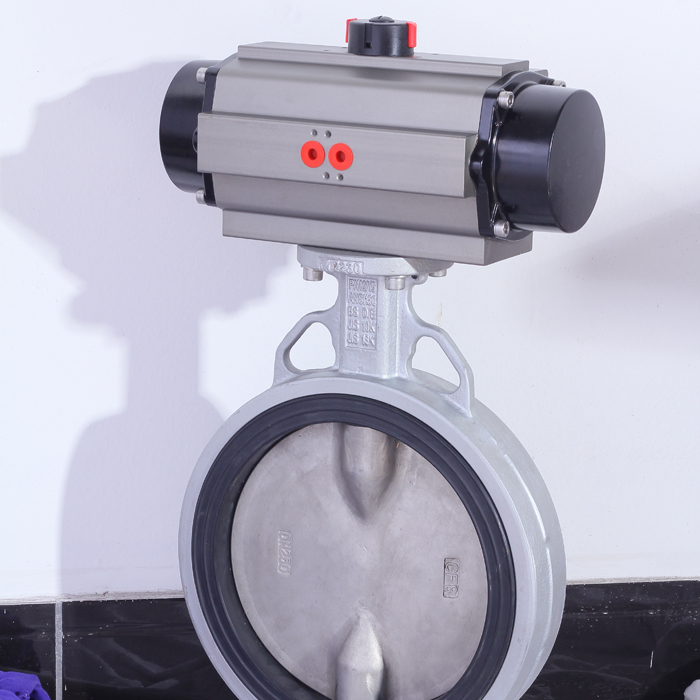
Quality Assurance
Before installing any corrosion resistant wafer butterfly valves, it is important to carry out tests and inspections to identify any potential issues or defects. Firstly, a visual inspection of the valve and its components should be done to check for signs of wear-and-tear or corrosion.
Secondly, pressure tests should be carried out to ensure that the valve meets the specified working pressure and can regulate pressure appropriately. Thirdly, dynamic pressure tests should be done to simulate operating conditions and confirm that the valve can open, close, divert and isolate fluid flow as intended.
Finally, it is also important to inspect any associated piping with which the valve will be connected and make sure that there are no sources of contamination such as grit or foreign particles in the system which could damage the valve or impede its functionality over time. By carrying out these tests before installation, users can rest assured that their valves will perform optimally over time with minimal maintenance requirements.
Common Problems & Solutions
There are a variety of solutions tailored specifically to address common problems found in the installation and operation of corrosion resistant butterfly valves. Firstly, it is important to choose the right valve for the job as each type of valve offers unique benefits and will perform differently depending on the application. Secondly, proper lubrication of the valve stem should be carried out regularly in order to ensure smooth operation and reduce wear-and-tear. Thirdly, any existing or potential sources of contamination should be identified and eliminated from the system.
Finally, special additives such as inhibitors can be used to protect the valves from the effects of corrosive fluids, thus extending their lifespan and increasing their efficiency over time. By taking into account these solutions when installing such valves, users can maximize their performance and reliability in any environment.
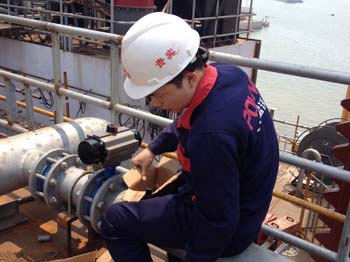
Conclusion
Overall, installing a corrosion resistant 6 inch butterfly valve is essential for any system in order to ensure proper operation and long-term reliability. Tests and inspections should be carried out before installation to identify any potential issues such as wear-and-tear or sources of contamination. Furthermore, tailored solutions may also be utilized to maximize the performance of the valve over time, such as choosing the right type of valve for the job, properly lubricating it, and utilizing inhibitors when needed. By taking these precautions into account when purchasing and installing a corrosion resistant three inch butterfly valve, users can rest assured that their system will run optimally over time with minimal maintenance requirements.


